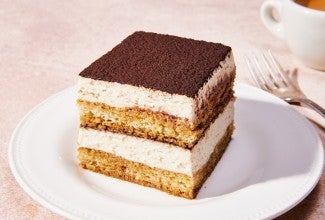Jelly Roll
The basis for a jelly roll or a "Swiss roll" — sponge cake — is considerably less rich than typical cakes. But that doesn’t mean the jelly roll is any less tasty, as evidenced by its popularity for nearly two centuries. A thin layer of light-as-air sponge cake, spread with jam and rolled in a spiral, is not only delicious but also makes a lovely presentation when sliced and layered on a serving plate.


















